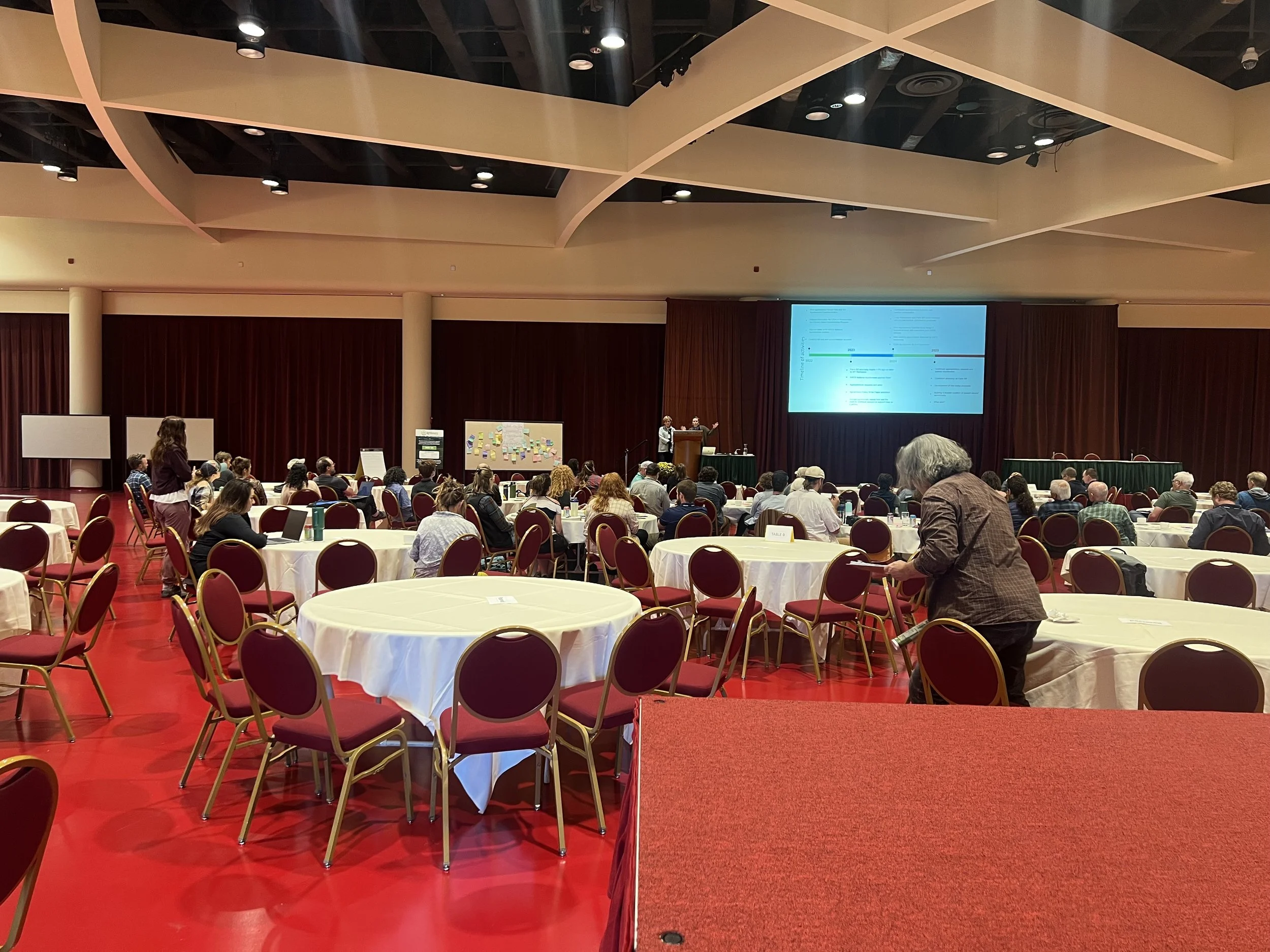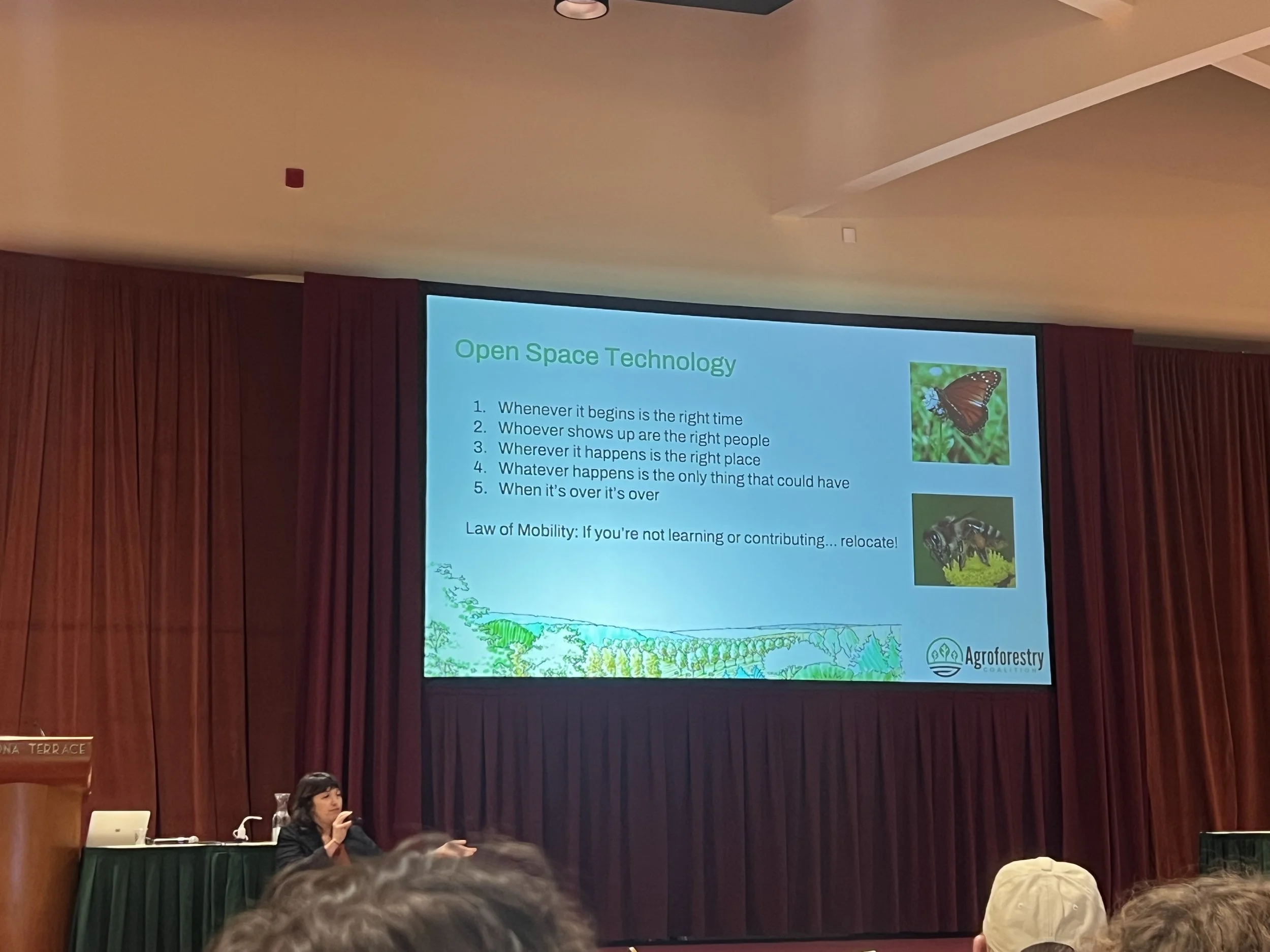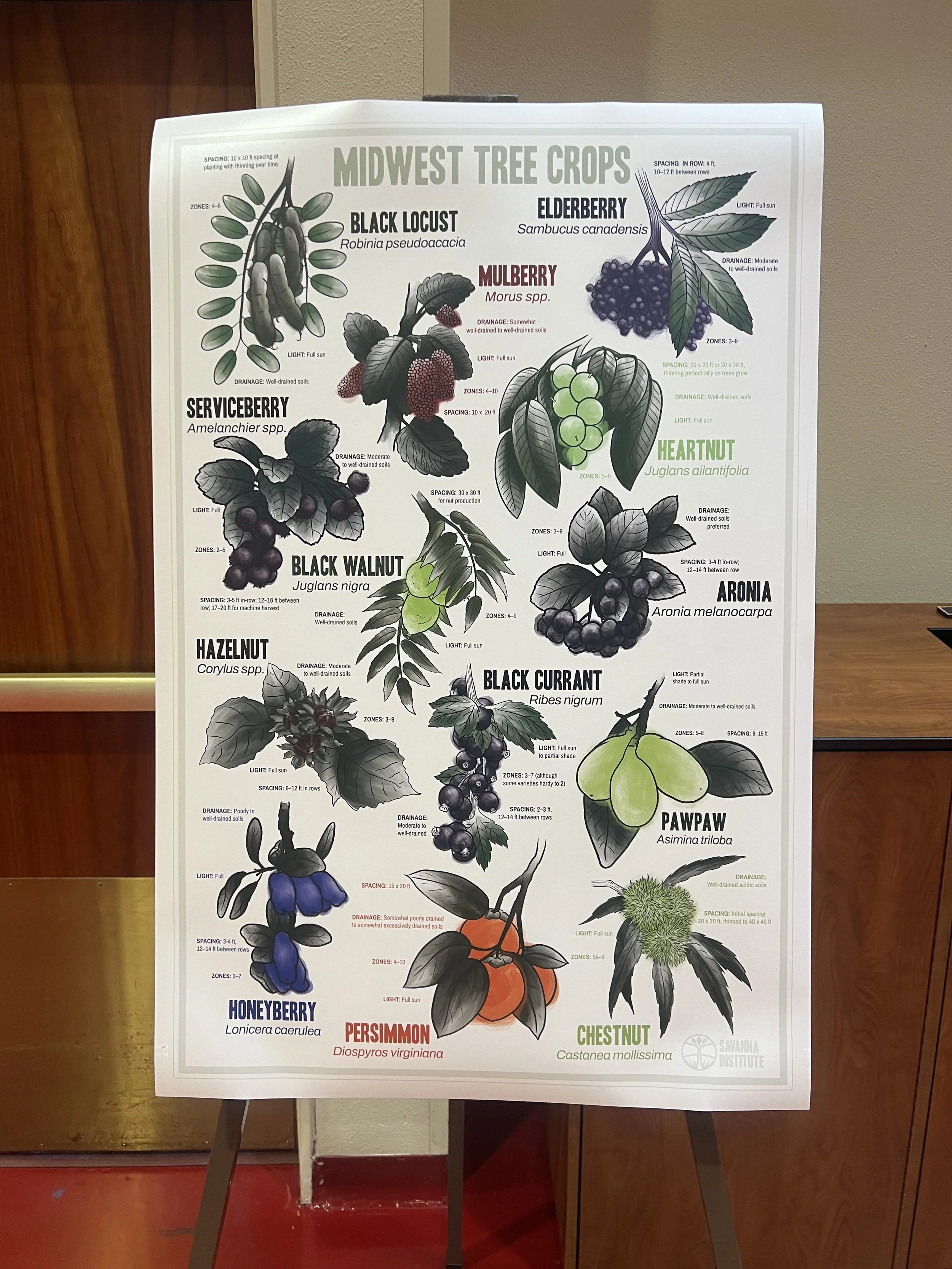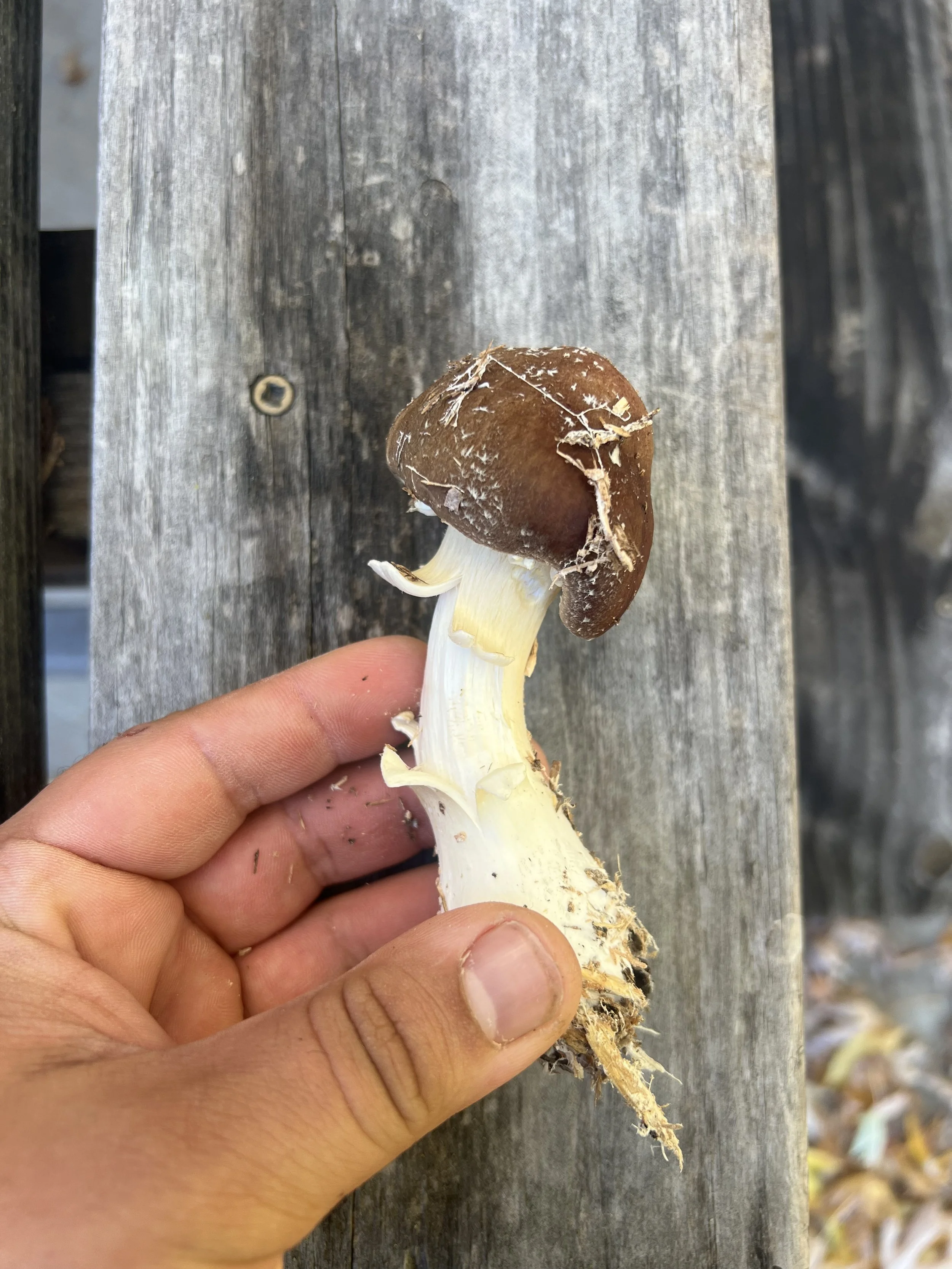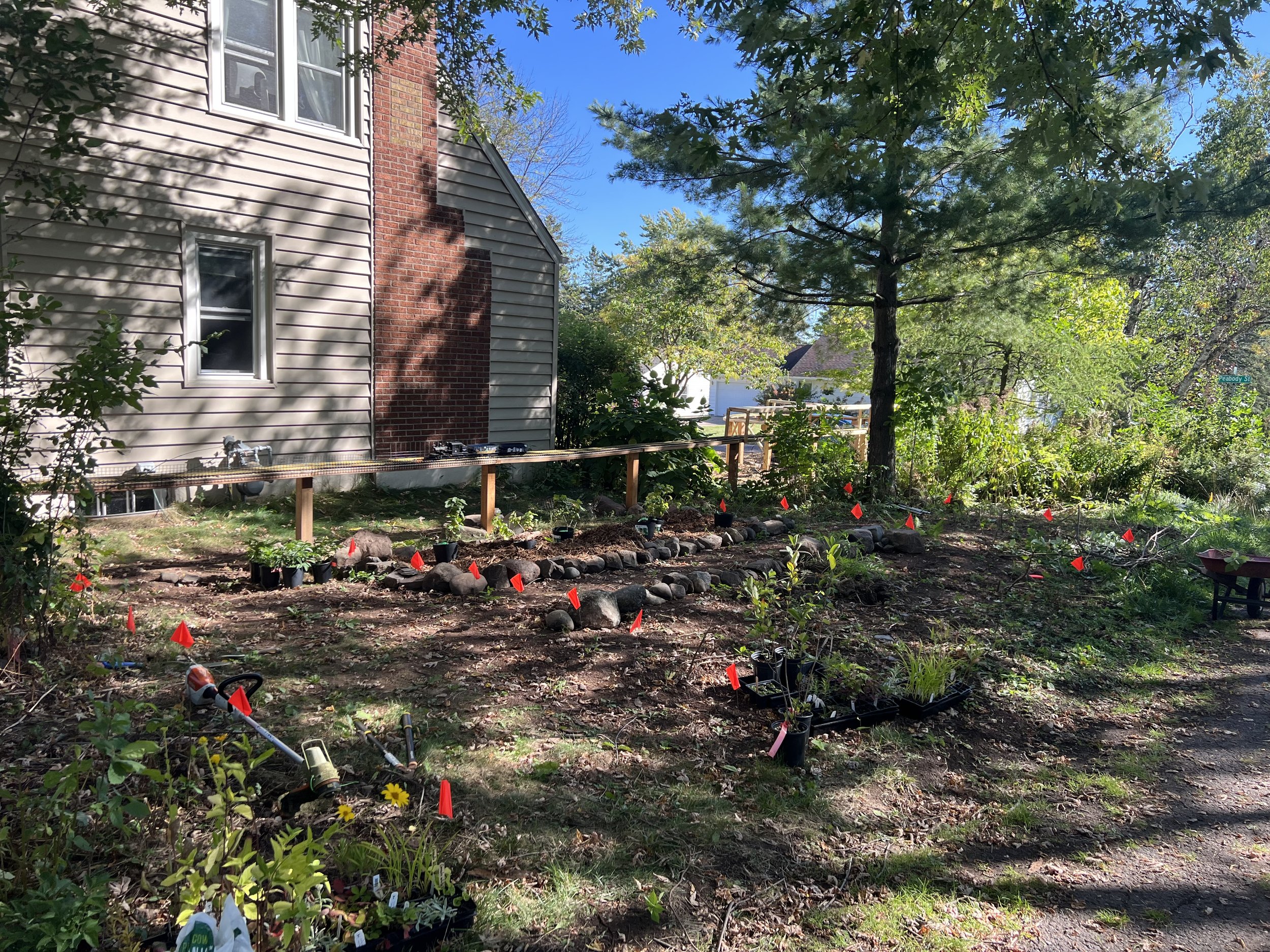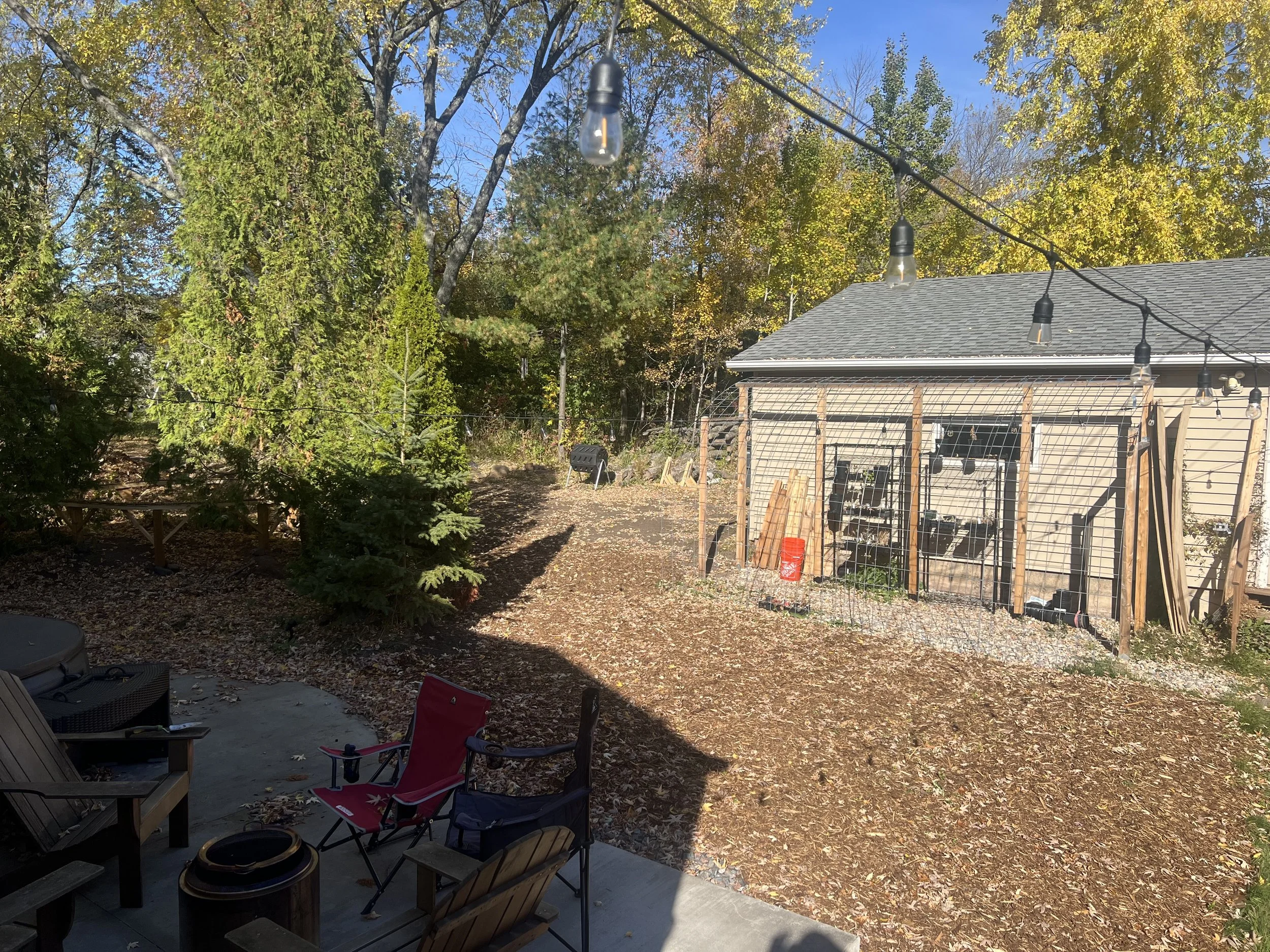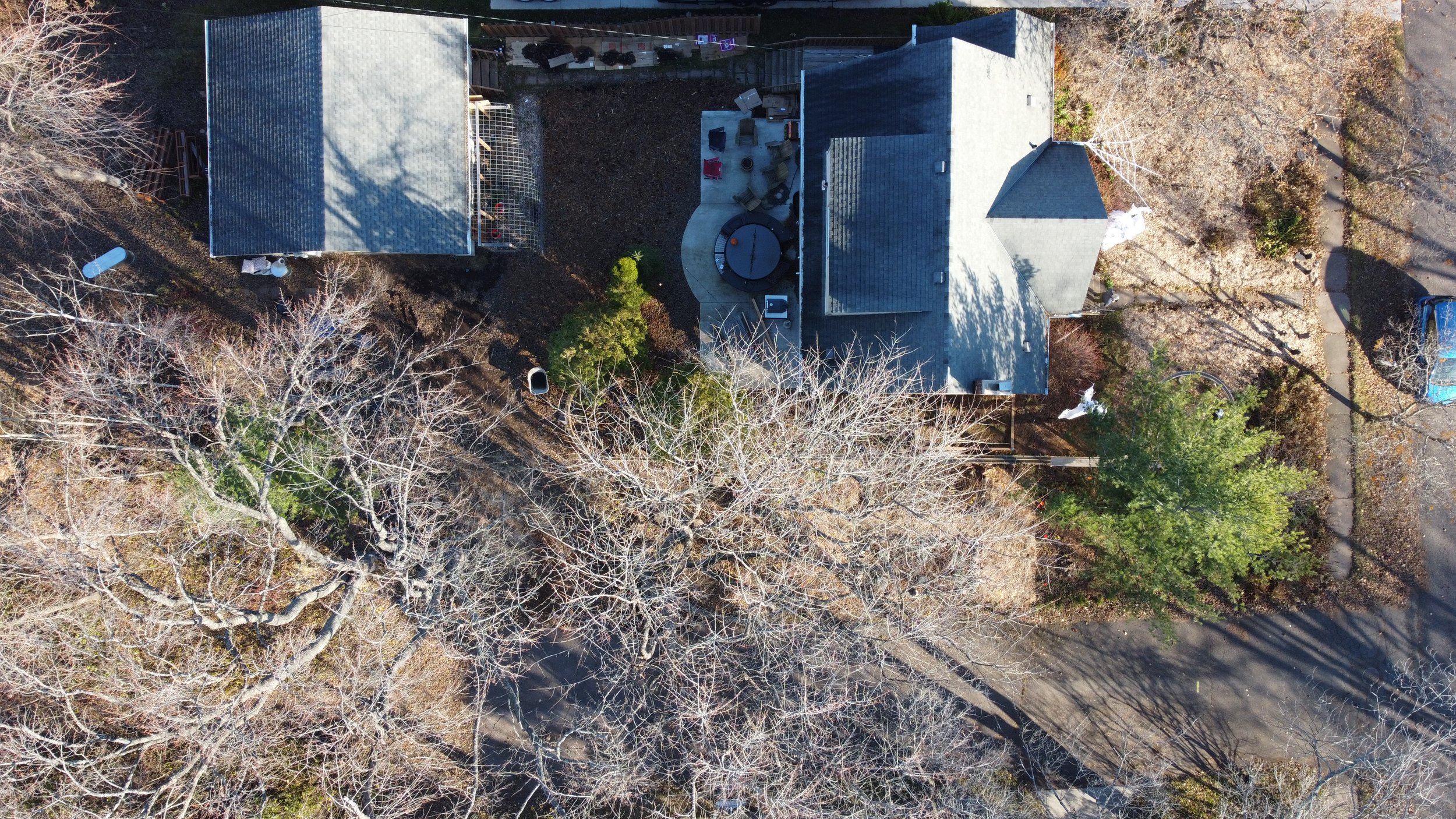November/December 2024
Autumn passes in Duluth, a change of priorities for myself and Living Proof as a whole follows the shift in seasons. I’ll be honest, I’ve been feeling a bit lost over the last few years and moreso in the last 6 months, and that lack of direction has sapped the momentum I had built up with the move to Duluth and the beginning of this venture.
I expect identifying what sorts of things truly motivate me will be a lifelong process, and while I find aspects of food production still deeply fulfilling, I’ve come to realize just how much more important the community and hosting aspects of this crazy idea will be to making it truly rewarding. Unfortunately it’s exactly those aspects of the business that have remained a more distant prospect. Finding a property that provides the flexibility and zoning to build the structures and host the events related to forest food production has proven to be particularly challenging, and that grind has slowly drained enthusiasm.
The last month or so has begun to rebuild that excitement, starting with the Savanna Institute’s Perennial Farm Gathering in Madison the weekend of October 7th. The first signs of a successful wine cap mushroom bed, a new indoor mushroom growing strategy for the oyster mushrooms, and a change in timelines to allow me to put more money and resources into my home lot in Duluth—testing smaller versions of my ideas in ways that emphasize their community and social aspects—while still producing fresh forest-based produce to sell locally.
With that said, I must warn you that future posts will begin to cover topics outside of farming and food production, as I build out ideas in other spaces. I will, for example, spend some time next post talking about an outdoor garden railroad, and how I hope to incorporate trains more into this business, even as I expand into larger plots in the future.
But this (almost 4) month’s post is still focused on the food production venture. After some initially promising results with the mushroom buckets, it became clear that only with major overhauls can this process be “productionized.” Issues with contamination, both in the assembly of the buckets and the fruiting stage, hamper my current approach.
Obvious improvements we can make to the bucket preparation process center around where we assemble the buckets (currently in the garage) and better manage airflow at assembly time to decrease the risk of airborne contamination. To these ends I’m designing a more controlled space in the corner of the garage (similar to The Lab in the TV show Taskmaster) that can be easily sanitized and deploys HEPA-filtered airflow.
On the fruiting rack side of things the Perennial Farm Gathering triggered some ideas. I talked to multiple mushroom farmers at the conference, and every single one of them who grew oysters came to the same conclusion: grow oysters inside. The insect risks outside are too great and not really controllable at scale. Many of these mushroom growers still grow many of their other mushrooms outdoors, but oysters have become an indoor crop, and I am now planning to follow their lead.
To that end I have begun converting a part of my basement into a fruiting chamber. There’s a circular elegance to the whole thing: my first mushroom growing was done in a 5-foot by 5-foot grow tent in my basement back in Portland. That tent had flaws (particularly by being challenging to clean), and my current basement setup wouldn’t have space for a similar design, so, like the garage-bucket assembly area, I will build the fruiting room to fit the space—with a focus on ease of cleaning.
In other news, the wine cap mushrooms have taken to the woodchip bed incredibly well. I was late to building the beds, and the mushrooms really only started to colonize this spring, meaning that, by all rights, they shouldn’t have fruited until next year. Despite that, a small flush fruited this fall, signaling a fully colonized and healthy bed.
The shiitakes are harder for me to read. As shiitake mycelium colonizes, you should begin to see splotches at the ends of the logs at their cuts, and I believe what I’m seeing matches that, but I find it (somewhat nerve-wrackingly) hard to feel confident. At this point I’ll be crossing my fingers and looking to give the logs a good soaking come spring.
Mushrooms, however, were never the only crop I was interested in growing. I am fascinated by anything that can be grown in and under a canopy. A growing movement (led in no small part by the Savannah Institute) to introduce forests back into farming puts renewed focus on several forest crops—among them elderberries, currants, and hazelnuts. I love currants, and while I have only enjoyed elderberries when added to something sweet, I appreciate them as well, so I decided to build beds in the side yard and begin growing them, interspersed with hazelnuts.
These are very young plants, and I don’t expect them to produce for at least 2 years, but I do expect to learn a bunch about deer management next year. City deer seem to be quite comfortable with humans getting very close–much unlike my experiences with country deer, who have bolted when I am well away. This makes keeping city deer away from vulnerable crops a bit of a challenge, especially since various zoning and property line regulations prohibit using a deer-proof fence. For now I plan to erect posts in the four corners of each bed, and then drape netting over them, but we’ll have to see if that proves effective.
I did plant some other crops in addition to these two more common forest crops, namely salmonberries and serviceberries, as well as some ramp transplants from a friend’s land. These are much more experimental, both in terms of their viability in my yard, and their viability in the market, but interspersing additional plants with the older growth trees in my yard adds depth to the foliage that is quite nice.
My final crop-related discovery comes from something already mature on my property. One of the previous occupants of the house occasionally has mail delivered to the house by accident, and when that happens she often comes and picks it up. During one such visit she mentioned offhandedly that she and her husband had tapped the maples in the yard and boiled a decently large volume of maple syrup. While it is unlikely to be sufficient for general sale, I think incorporating homemade maple syrup into other products could be promising, and if nothing else, it’ll be a fascinating new skill to learn.
This is already one of my longest posts, due in large part to how long it has been since I last posted, but I wanted to squeeze one last thing in here.
Earlier this year I provided side-by-side aerial photographs of my yard to provide an idea of the month-to-month changes. In reality, the month-to-month changes were rarely notable, especially given the inconsistent nature of my progress on yard projects, so I stopped the month-to-month comparison and promised a year-to-year.
Here is that comparison.
October 31st 2023
November 17th 2024
I have to say that I am quite proud of how much was accomplished in just 12 months, especially covering up every square foot of grass in the yard. I’m excited to look at next year’s photos to see what things look like in 2025.
Thank Yous:
I’d like to thank the following folks for helping me with everything I mentioned in this post!
Steven Gilsdorf for being my project manager and general left hand person throughout this whole summer. From the greenhouse to the outdoor train to the coffee grounds processing, so many things wouldn’t have happened without you.
Matt Mullins for editing this blog post
